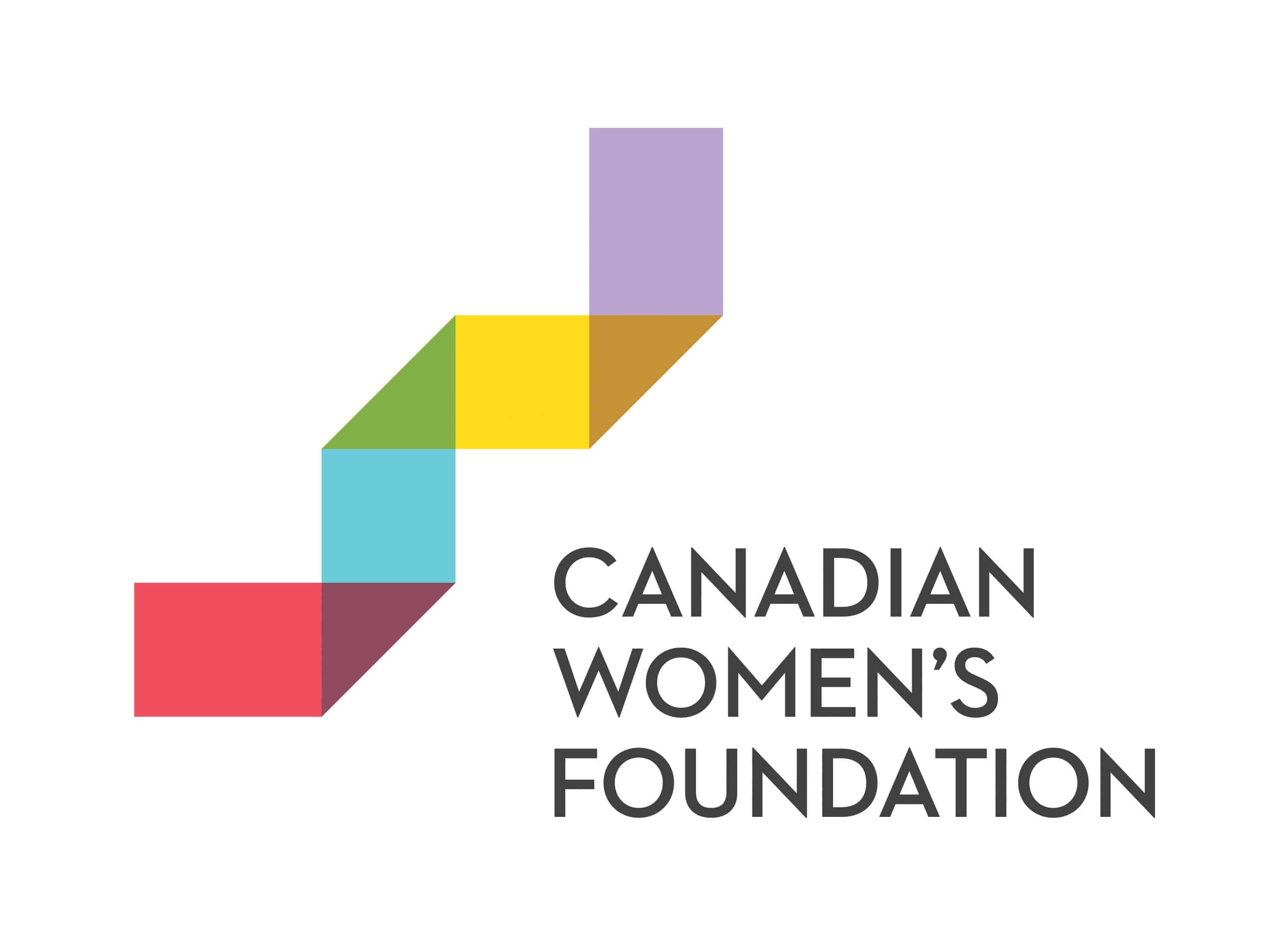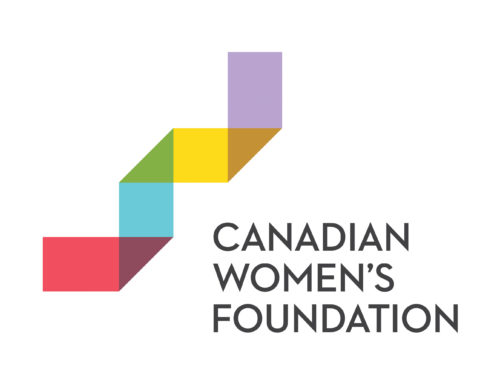
We got some answers from Kate McInturff, senior researcher with the Canadian Centre for Policy Alternatives, the keynote speaker at a recent reception hosted by the Canadian Women’s Foundation.
The event rounded off the Foundation’s most recent 5-year economic development grant cycle and also featured speeches from two program graduates and a Q&A session. Kate, who leads the CCPA’s initiative on gender equality and public policy, addressed in her speech some of the barriers that still exist for women in Canada.
Why Women’s Poverty Persists
It’s a fact that women in Canada are more likely to live in poverty than men. Some groups of women, including Aboriginals, racialized women, and women with disabilities, have higher rates of poverty. Over the past three decades, 2.5-million more women have entered the workforce, and their incomes have been gradually increasing. So, why is women’s poverty persistent in Canada?
The reason, Kate explained, is that the women and men are positioned differently in the Canadian economy. Women work in different sectors of the economy than men. (Compare, for example, the average annual income in a predominately female industry such as personal care, with that of a predominantly male industry such as plumbing.) Women are also more likely to work part-time jobs and for lower pay (even if you look at a man and a woman with the exact same credentials), not to mention women tend to do more unpaid work, which includes childcare and household responsibilities.
How Women-Centred Programs Can Help
Because women face specific barriers to moving out of poverty, women-centred programs can help them achieve financial independence through a combination of job training and wrap-around supports. The Foundation invests in programs across Canada that help low-income women train for a career in the skilled trades, prepare to run a small business, or work in a social purpose enterprise.
“As the work of the Canadian Women’s Foundation demonstrates so ably, when you give women access to adequate and stable incomes, you do more than move them from one bar on an economist’s graph to another,” Kate said. “The other thing you do is increase her sense of security, her sense of confidence, her sense of control over her life, and her sense of hope for the future.”
In the video below, Kate discusses why poverty is still a relevant issue in Canada, why poverty affects women and men differently, and why women-centred economic development programs are needed. Her full keynote speech is available here.







